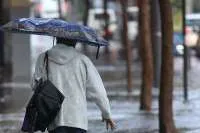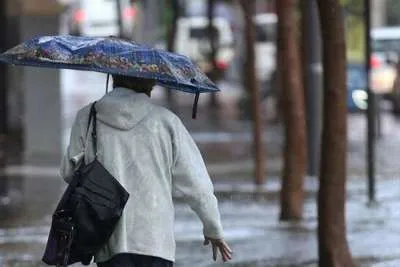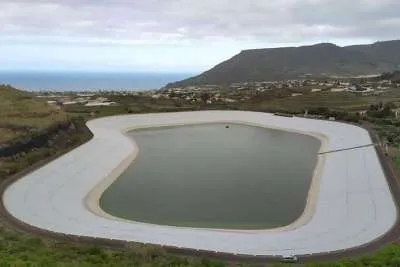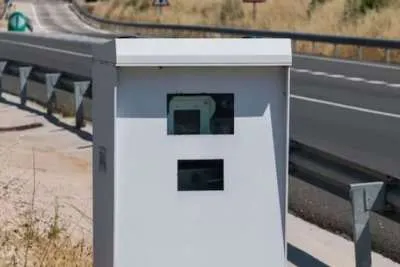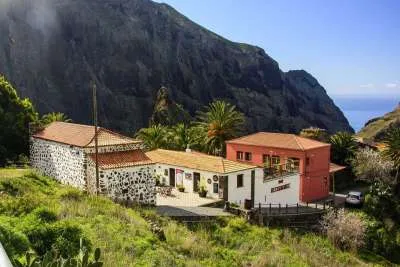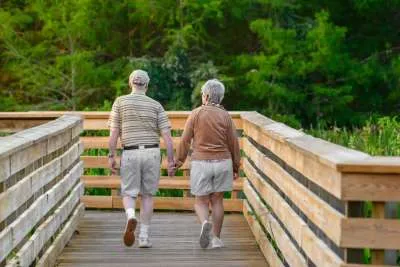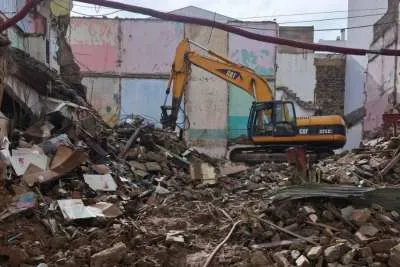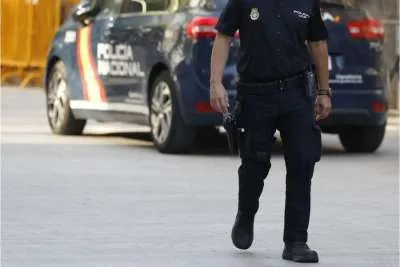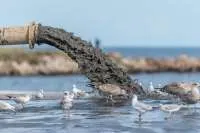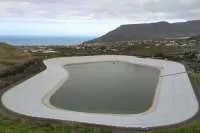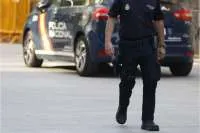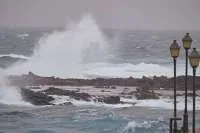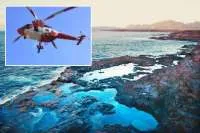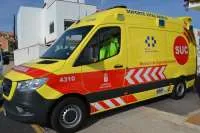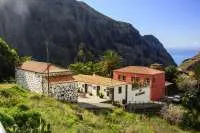Tenerife and Gran Canaria will continue at alert level 3
- 15-04-2021
- National
- Canarian Weekly
After analyzing the epidemiological situation of each of the islands, The Governing Council of the Canaries has agreed this afternoon to maintain alert level 3 in Tenerife and Gran Canaria, and to lower Fuerteventura to alert level 2, in which Lanzarote and La Graciosa remain. La Palma, La Gomera and El Hierro, all remain at Level 1. The change in Fuerteventura is due to the good epidemiological evolution of the island during the last 14 days.
At the press conference after the meeting, the Government spokesman, Julio Pérez, said that Tenerife and Gran Canaria still have some "worrying data” and it is not possible for the line of infections to continue in an upward trend for much longer.
Pérez expressed his concern about the evolution of the pandemic in Tenerife and Gran Canaria highlighting that the accumulated incidence over 7 days on the island of Tenerife has increased by more than 33% from 59.4 to 82.5 cases, a situation that is repeated in Gran Canaria which has gone from 54.5 to 74.9 cases per 100,000 inhabitants in the last two weeks.
He said that the Governing Council is concerned as to why there isn’t the expected decline after several weeks with level 3 restrictions. "Until circumstances allow other measures to be taken," he said. In the specific case of Tenerife, this trend has been on the rise in recent days compared to stagnation in the case of Gran Canaria. The government does not rule out taking further action if the situation continues like this. With the same table of measures on previous occasions we have had better results. It is difficult to know why this stagnation is taking place now," he said.
In addition, he stressed that there are several variables to take into account. “We have to think about how we reduce the impact of the disease. It is not only the contagion data, the ICU’s also have a high occupancy figure and they are longer stays", he pointed out. "It should not be ruled out that it is a situation that can be corrected, as has been done in Fuerteventura," he said.
Regarding the restrictions for each alert level after the state of alarm finishes on May 9th, the Minister of Health, Blas Trujillo, has announced that a general review of them is being prepared, which will incorporate observations from the experience that the management of the pandemic have gained, plus other input from sectors where these measures have a greater impact, such as the hospitality sector. He added that “Some measures will remain and others will disappear. The changes will be studied in the next few days.”
Pérez stressed that the effects of vaccination campaign are already being seen with the decrease in infections among residents in nursing homes, senior centres, health personnel, and those over 80 years of age. “This hope is well founded and makes us suppose that the same will happen in the rest of the vaccination groups," he said.
He stressed that the Canary Islands are inoculating between 16,000 and 17,000 doses of vaccines daily, and may reach the figure of 30,000 before the expected arrival of more doses, despite the mishaps with the Astrazeneca and Janssen vaccines.
He also announced an increase in the arrival of doses of the Pfizer vaccine that will alleviate the problems raised with the others, adding that the Canary Islands receives the vaccines it receives according to the criteria established by health experts for their distribution among all the autonomous communities.






